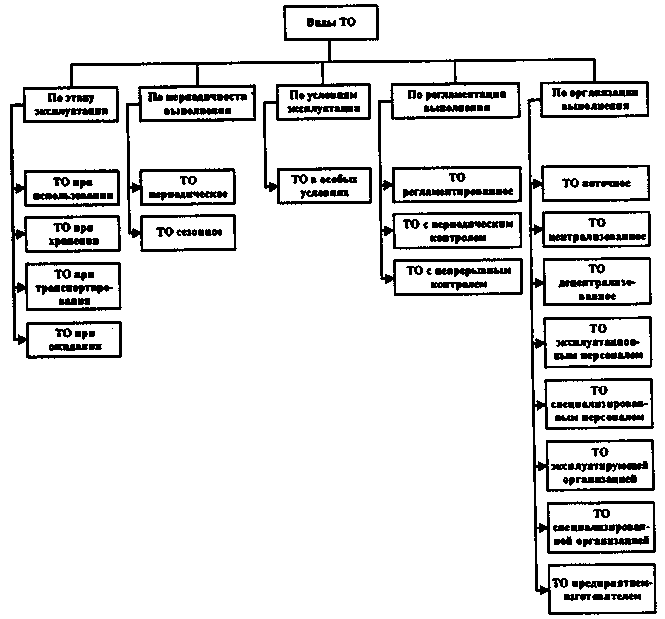
5 Commonly Overlooked Elements of Car Maintenance
Content
Without a doubt, the best way to maintain your car is to follow the manufacturer's suggested maintenance schedule, but some people turn it down for a variety of reasons, cost is often one of them: scheduled maintenance can certainly be expensive. Typically, when people think about scheduled maintenance for their car, they only think about things like oil changes and air filters, which is why they consider other maintenance services to be unnecessary expenses. Unfortunately, this approach means that a number of important services are never performed. If you decide to service your car in a different way than the manufacturer recommends, make sure these five forgotten services are done.
1. Flushing the brake fluid
Brake fluid is hygroscopic, meaning it attracts and absorbs moisture. Even in a sealed brake system, the brake fluid can absorb moisture from the environment, which lowers the boiling point of the brake fluid and increases the likelihood of rust and corrosion in the hydraulic brake system. Most manufacturers specify different intervals between brake fluid flushes. If your manufacturer does not specify, or it specifies more than a few years between services, we recommend doing this every three years or 36,000 miles, whichever comes first.
2. Flushing automatic transmission fluid
To keep their cars low maintenance, car manufacturers began selling cars with "lifetime transmission fluid" that never needed to be changed. If this sounds too good to be true, it's because it is. Modern transmissions work harder than their predecessors and in tighter, less ventilated engine bays, so their fluid will still degrade over time. Cars with "transmission fluid for life" often experience an increased rate of transmission failures after 100,000 miles. If you want to keep your transmission running for a long time, it is recommended to change the transmission fluid every 60,000 miles, give or take a few thousand miles.
3. Flushing the coolant
Like automatic transmission fluid, coolant is often marketed as another "lifetime fluid". Once again, this is not entirely true. Coolant degrades over time under normal use and the pH balance becomes less than ideal, which can cause coolant damage to parts of the cooling system or engine. A good interval is to change the coolant every 40,000-60,000 miles. This should help keep the pH of the coolant at the right level, which should keep your cooling system working.
4. Cabin air filter
The cabin air filter is responsible for filtering the air that enters the passenger compartment from outside the vehicle. Some vehicles use a simple particulate filter to remove dust and pollen from the air; some use an activated carbon filter, which removes the same dust and pollen, but can also remove odors and pollutants. Replacing these filters is usually inexpensive and can greatly improve the quality of the air you breathe in your car, making them a worthwhile investment.
5. Valve adjustment
Even though most new vehicles use automatically adjustable hydraulic valve lifters, there are still a large number of vehicles on the road that use mechanical valve lifters. These lifters require periodic clearance checks and adjustments as necessary. Best case scenario: Valves that are too tight or too loose can result in reduced power and efficiency. Worst-case scenario: The engine could be severely damaged, such as a burnt valve.
While this list does not fully include all of the services that are commonly missed when they should be performed, this is a list of some of the most commonly overlooked services that can have a big impact on your car's performance. It is also a reminder that these services must be performed on your vehicle if you choose to follow an alternative service schedule or plan. Although, of course, the best way to service your car is to follow the manufacturer's maintenance schedule.